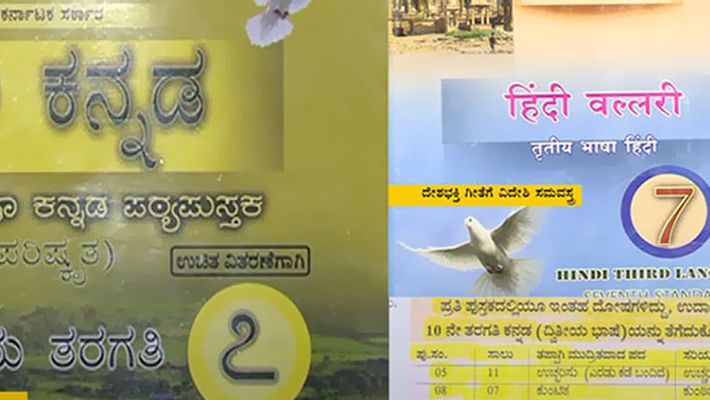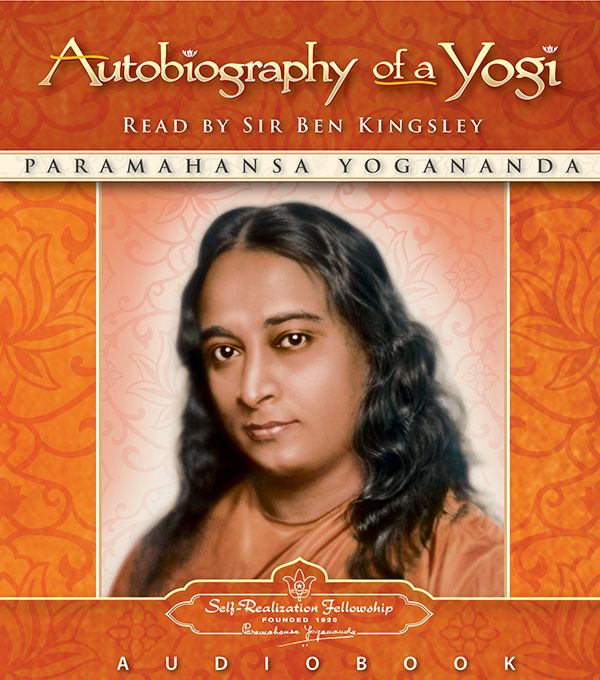
1172–1248), who in his The History of Learned Men reports that Omar's poems were only outwardly in the Sufi style but were written with an anti-religious agenda. : 663–664 The skeptic interpretation is supported by the medieval historian Al-Qifti (ca. These include figures such as Shams Tabrizi, Najm al-Din Daya, Al-Ghazali, and Attar, who "viewed Khayyam not as a fellow-mystic, but a free-thinking scientist". Richard Nelson Frye also emphasizes that Khayyam was despised by a number of prominent contemporary Sufis. In his preface to the Rubáiyát, he describes Omar's philosophy as Epicurean and claims that Omar was "hated and dreaded by the Sufis, whose practice he ridiculed and whose faith amounts to little more than his own when stripped of the Mysticism and formal recognition of Islamism under which Omar would not hide". FitzGerald emphasized the religious skepticism he found in Omar Khayyam. The extreme popularity of FitzGerald's work led to a prolonged debate on the correct interpretation of the philosophy behind the poems. This first edition became extremely sought after by the 1890s, when "more than two million copies ha been sold in two hundred editions". He made a revised draft in January 1859, of which he privately printed 250 copies. Cowell, of two manuscripts, a Bodleian manuscript with 158 quatrains įitzGerald completed his first draft in 1857 and sent it to Fraser's Magazine in January 1858.

: 96įitzGerald's source was transcripts sent to him in 1856–57, by his friend and teacher Edward B. : 663 Foroughi accepts 178 quatrains as authentic, while Ali Dashti accepts 36 of them.

: 434 Arthur Christensen states that "of more than 1,200 ruba'is known to be ascribed to Omar, only 121 could be regarded as reasonably authentic". Various tests have been employed to reduce the quatrains attributable to Omar to about 100. : 34 Hedayat's final verdict was that 14 quatrains could be attributed to Khayyam with certainty. Sadegh Hedayat commented that "if a man had lived for a hundred years and had changed his religion, philosophy, and beliefs twice a day, he could scarcely have given expression to such a range of ideas". Ī feature of the more recent collections is the lack of linguistic homogeneity and continuity of ideas. De Blois (2004) is pessimistic, suggesting that contemporary scholarship has not advanced beyond the situation of the 1930s, when Hans Heinrich Schaeder commented that the name of Omar Khayyam "is to be struck out from the history of Persian literature". After World War II, reconstruction efforts were significantly delayed by two clever forgeries. In the 1930s, Iranian scholars, notably Mohammad-Ali Foroughi, attempted to reconstruct a core of authentic verses from scattered quotes by authors of the 13th and 14th centuries, ignoring the younger manuscript tradition. The extant manuscripts containing collections attributed to Omar are dated much too late to enable a reconstruction of a body of authentic verses. Skeptical scholars point out that the entire tradition may be pseudepigraphic. The number of quatrains attributed to him in more recent collections varies from about 1,200 (according to Saeed Nafisi) to more than 2,000. : 92 : 434 Also, five quatrains assigned to Khayyam in somewhat later sources appear in Zahiri Samarqandi's Sindbad-Nameh (before 1160) without attribution. Parts of the Rubaiyat appear as incidental quotations from Omar in early works of biography and in anthologies. This view is reinforced by other medieval historians such as Shahrazuri (1201) and Al-Qifti (1255). The earliest reference to his having written poetry is found in his biography by al-Isfahani, written 43 years after his death. Khayyam was famous during his lifetime not as a poet but as an astronomer and mathematician. The authenticity of the poetry attributed to Omar Khayyam is highly uncertain. įitzGerald's work has been published in several hundred editions and has inspired similar translation efforts in English, Hindi and in many other languages. By the 1880s, the book was extremely popular throughout the English-speaking world, to the extent that numerous "Omar Khayyam clubs" were formed and there was a " fin de siècle cult of the Rubaiyat".


FitzGerald had a third edition printed in 1872, which increased interest in the work in the United States. Rubáiyát of Omar Khayyám is the title that Edward FitzGerald gave to his 1859 translation from Persian to English of a selection of quatrains ( rubāʿiyāt) attributed to Omar Khayyam (1048–1131), dubbed "the Astronomer-Poet of Persia".Īlthough commercially unsuccessful at first, FitzGerald's work was popularised from 1861 onward by Whitley Stokes, and the work came to be greatly admired by the Pre-Raphaelites in England. A collection of postcards with paintings of the Rubaiyat of Omar Khayyam, by Indian artist M.


 0 kommentar(er)
0 kommentar(er)
